Are you interested in experiencing history firsthand? These are the best open air museums in Austria:
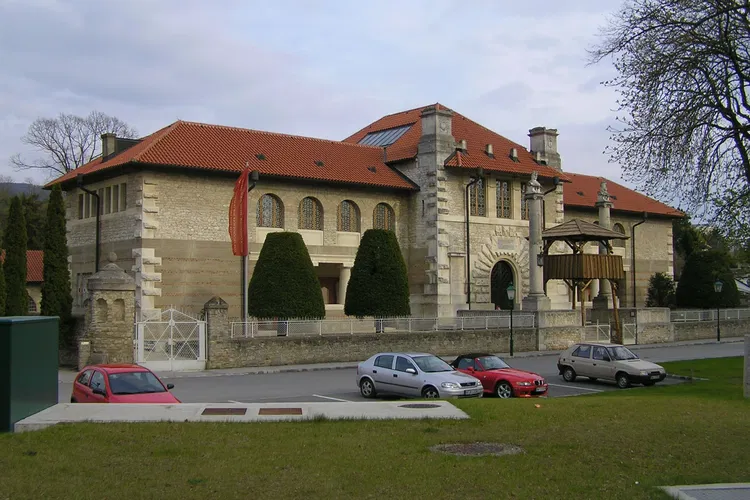
Carnuntum
Petronell-CarnuntumCarnuntum, once the capital of the Roman province Pannonia Superior, is located on the Danube, approximately 35 km east of Vienna. This historical site offers a glimpse into the past, allowing visitors to explore the remnants of a once thriving Roman city.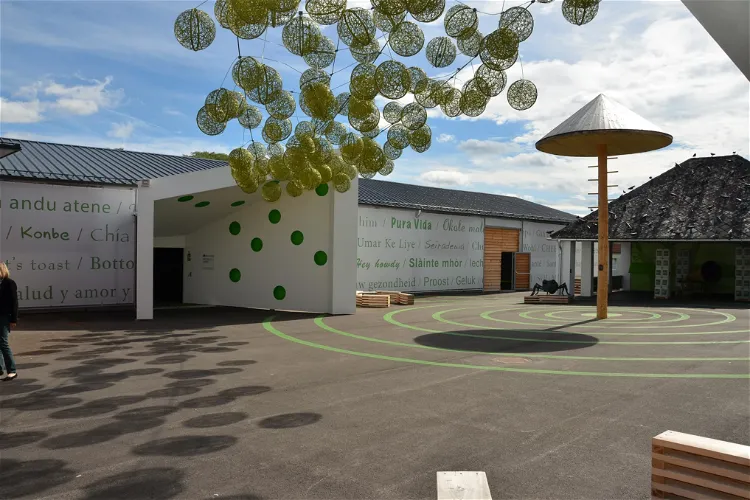
Vino Versum Poysdorf
PoysdorfVino Versum Poysdorf is an experiential museum that provides a deep dive into the history of viticulture and wine trade. The museum's focus is on the town of Poysdorf, offering visitors a unique perspective on the region's rich wine culture. The museum's exhibits are interactive, making it a fun and educational experience for all ages.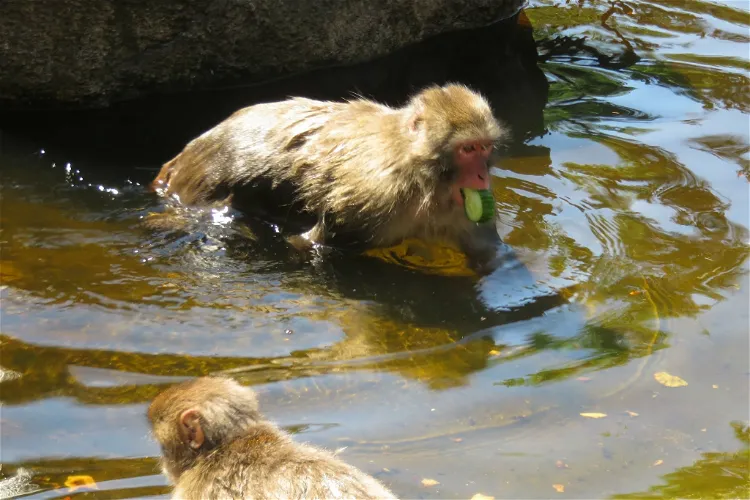
Affenberg Landskron
VillachAffenberg Landskron, located in Villach, is Austria's largest open-air monkey enclosure, housing approximately 160 Japanese macaques. This unique zoo offers a semi-free environment for the monkeys, allowing them to live within a fenced, forested area that provides a 40,000 m² habitat.
Freilichtmuseum Bad Tatzmannsdorf
OberschützenThe Freilichtmuseum Bad Tatzmannsdorf is located in the municipality of Bad Tatzmannsdorf in southern Burgenland, Austria. The museum is home to regional wooden buildings from the 18th and 19th centuries. These structures were carefully dismantled from their original locations and reassembled at the museum, providing a unique insight into the architectural history of the region.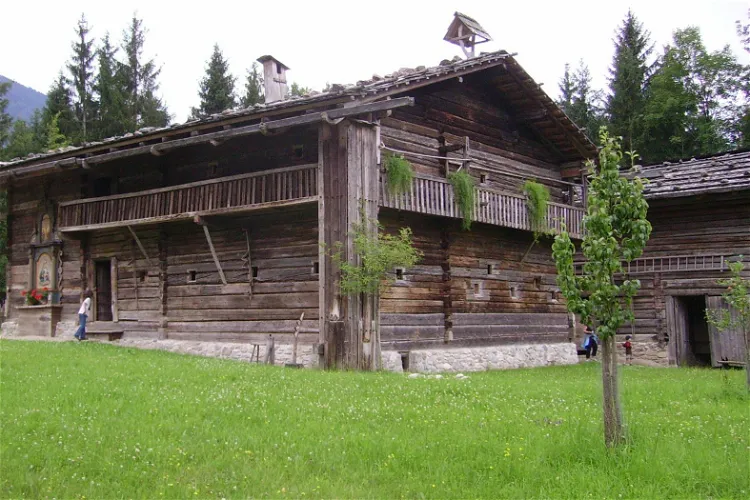
Salzburg Open Air Museum
GroßgmainThe Salzburg Open Air Museum is situated in the state of Salzburg, approximately 15 km southwest of the city of Salzburg. It is nestled in the municipality of Großgmain, close to the German-Austrian border. This location makes it easily accessible for tourists coming from both Austria and Germany.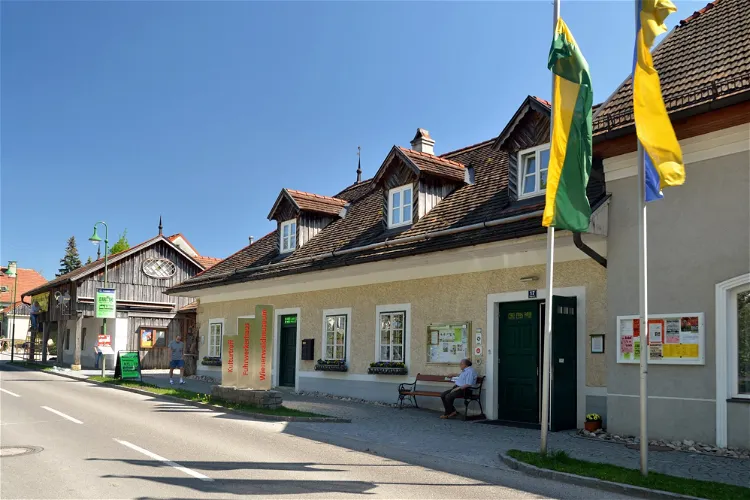
Wienerwaldmuseum Eichgraben
HuttenThe Wienerwaldmuseum Eichgraben is a local museum located in Eichgraben, Lower Austria. It offers a unique opportunity to explore the local history and culture of the region.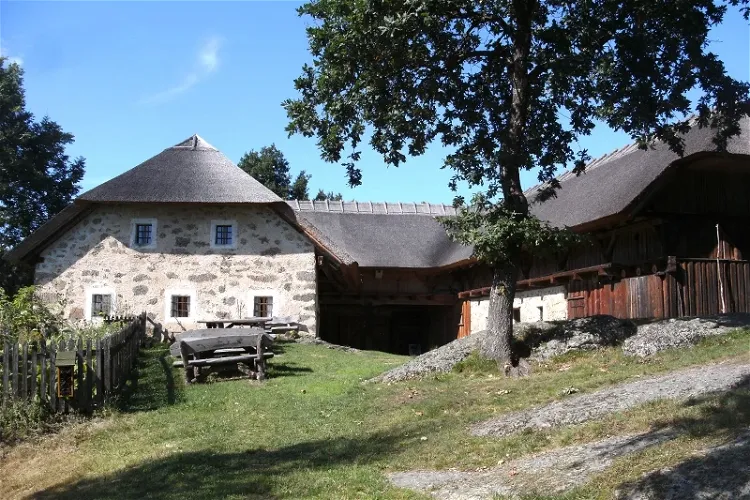
Großdöllnerhof
RechbergGroßdöllnerhof is a historical site that dates back 400 years. It is located in the Mühlviertel Nature Park in the municipality of Rechberg. Today, it serves as an open-air museum, offering visitors a glimpse into the past. The farmstead is a protected monument, showcasing the typical Mühlviertel technique of stone-bare wall construction. This technique involves the use of uncut granite blocks and whitewashed mortar zones to structure the exterior walls.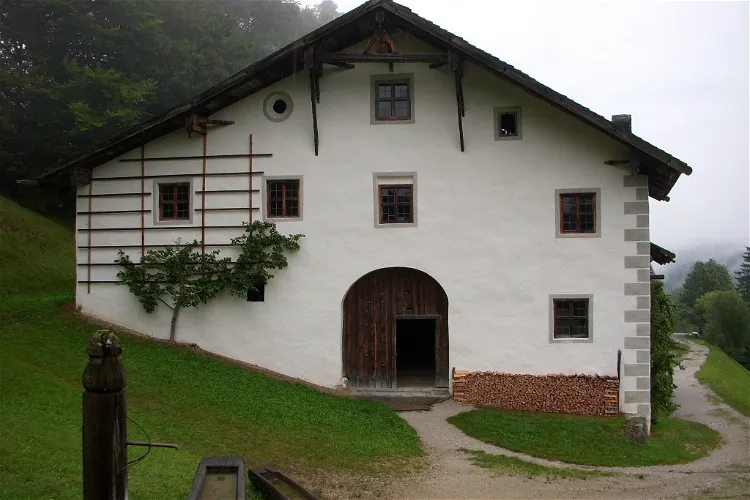
Museum of Tyrolean Farms
KramsachThe Museum of Tyrolean Farms, located in Kramsach, Austria, is an open-air museum that offers a unique glimpse into the past. It houses around 14 historical farms and 23 outbuildings, including barns, chapels, and alpine pastures. These structures have been carefully preserved and restored, providing visitors with an authentic experience of rural life in pre-industrial times.- 9
Ötzi Village
KöfelsThis archeologic open-air museum shows the village life and houses from the Ötzi era. 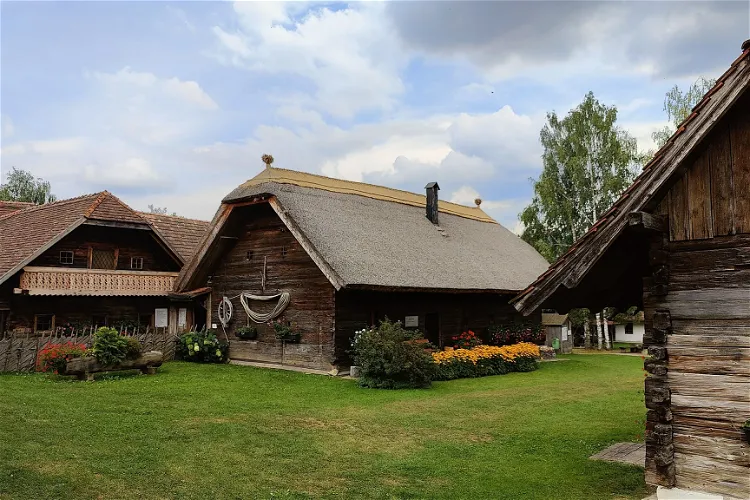
Freilichtmuseum Vorau
VorauThe Freilichtmuseum Vorau, also known as Museumsdorf Vorau, is a unique open-air museum located in Vorau, Styria. It offers a glimpse into the past by showcasing historical farmhouses complete with outbuildings and a variety of historical everyday objects. Visitors can explore the authentic rural buildings that have been carefully reconstructed on the museum's nearly 1-hectare site.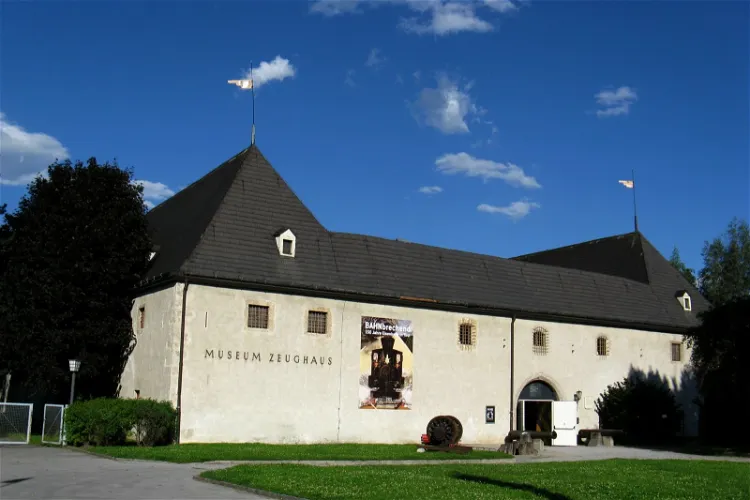
Zeughaus Museum
InnsbruckThe Zeughaus in Innsbruck, originally a weapons arsenal, is now a museum. It is situated in the Dreiheiligen district and is one of the five houses of the Tyrolean State Museums. This historical building, constructed between 1500 and 1505 under the orders of Maximilian I, offers a unique glimpse into the past.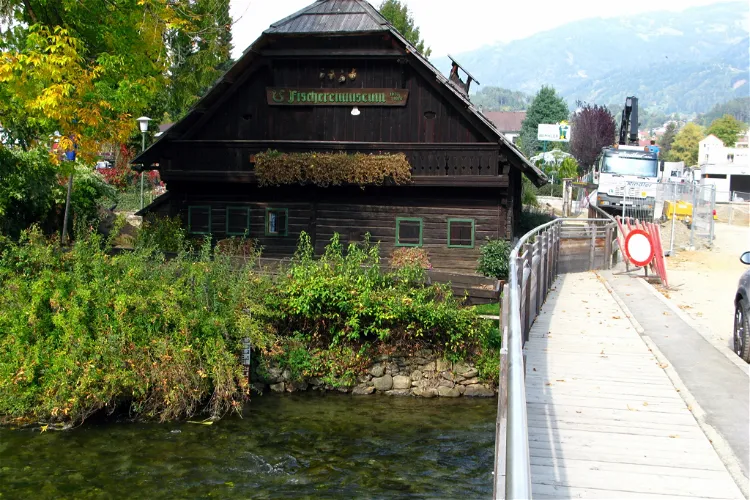
Kärntner Freilichtmuseum Maria Saal
KadingThe 1st Carinthian Fishing Museum, established in 1980, is located in the Austrian state of Carinthia. It is situated in the western bay of Lake Millstatt in the district of Wirlsdorf in Seeboden. This museum offers a unique insight into the history and culture of fishing in the region.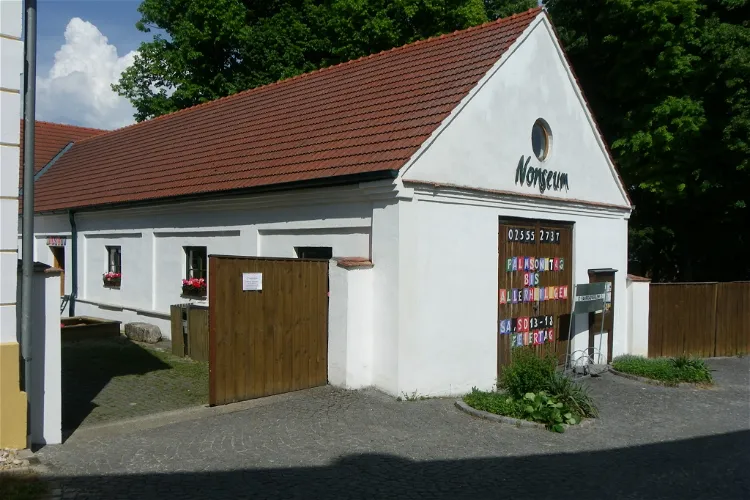
Nonseum
HerrnbaumgartenThe Nonseum is a unique museum situated in the market town of Herrnbaumgarten, in the Mistelbach district of Lower Austria. This museum is dedicated to showcasing around 250 'inventions that we don't need', as per the museum's definition. The Nonseum offers a unique perspective on the world, encouraging visitors to view things from a different angle.
Bauernmuseum Mondseeland
TiefgrabenThe Bauernmuseum Mondseeland and the open-air museum Mondseer Rauchhaus are two interconnected museums located in Mondsee, Upper Austria. These museums provide a comprehensive display of agricultural work, tools, and buildings, offering visitors a unique insight into the region's agricultural history and practices.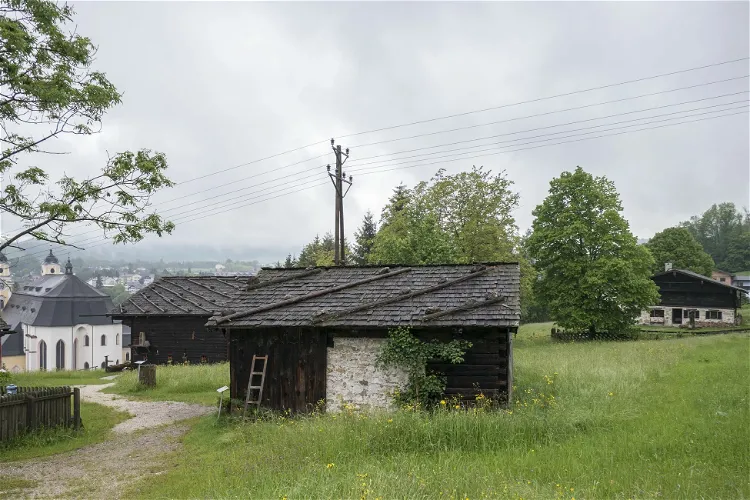
Bauernmuseum Mondseeland
MondseeThe Bauernmuseum Mondseeland and the open-air museum Mondseer Rauchhaus are two interconnected museums located in Mondsee, Upper Austria. These museums provide a comprehensive display of agricultural work, tools, and buildings. Visitors can gain a deep understanding of the region's agricultural history and practices through the exhibits.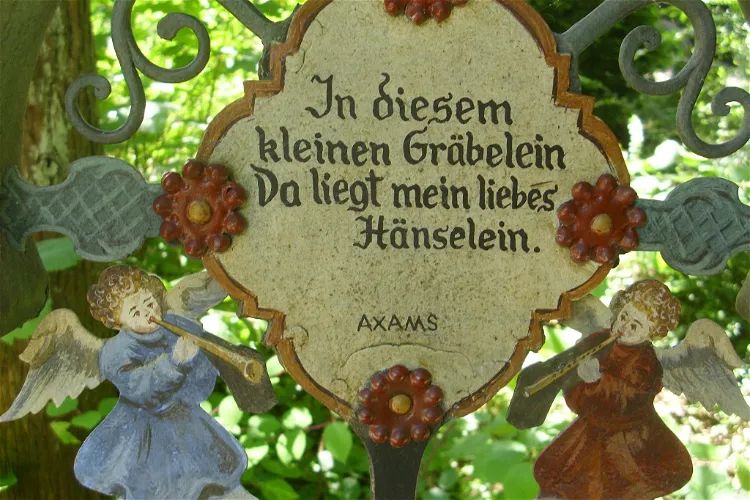
Museumsfriedhof
KramsachThe Museumsfriedhof is a unique open-air museum located in Kramsach, Tyrol. This museum is dedicated to tombstones and was established in 1965 by Hans Guggenberger, a skilled blacksmith and stonemason. This information is crucial for tourists who are interested in the history and origin of the museum.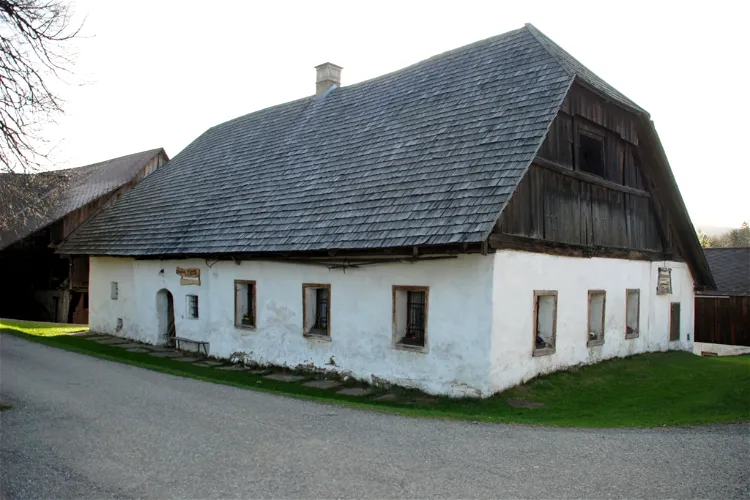
Bauernhausmuseum Herk
DeutschlandsbergThe Bauernhausmuseum Herk, located in Freiland, Deutschlandsberg, West Styria, has a rich history. Originally a farmhouse, it was transformed into a private open-air museum in 2005. The museum provides a glimpse into rural life in the 19th century, offering a unique opportunity for visitors to step back in time and experience the past.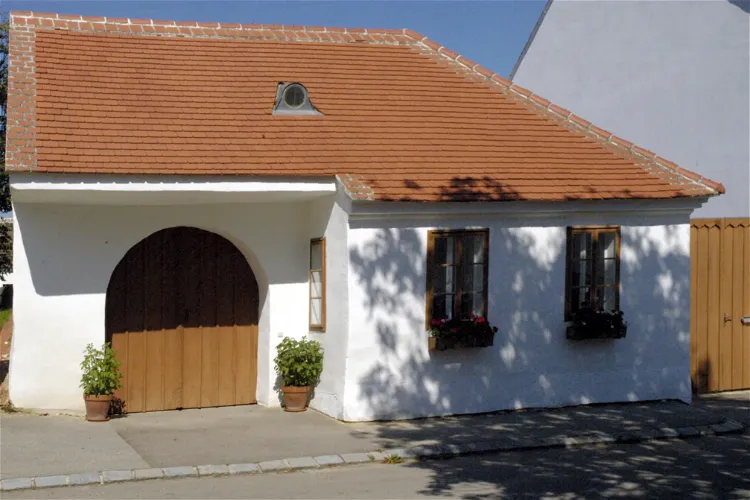
Brandlhof
ZiersdorfThe Brandlhof, originally a farm dating back to the 13th century, has been repurposed and now serves as a cultural and seminar center. The site is under monument protection, preserving its historical significance and architectural integrity. Visitors can immerse themselves in the rich history of the site while also participating in various cultural and educational activities.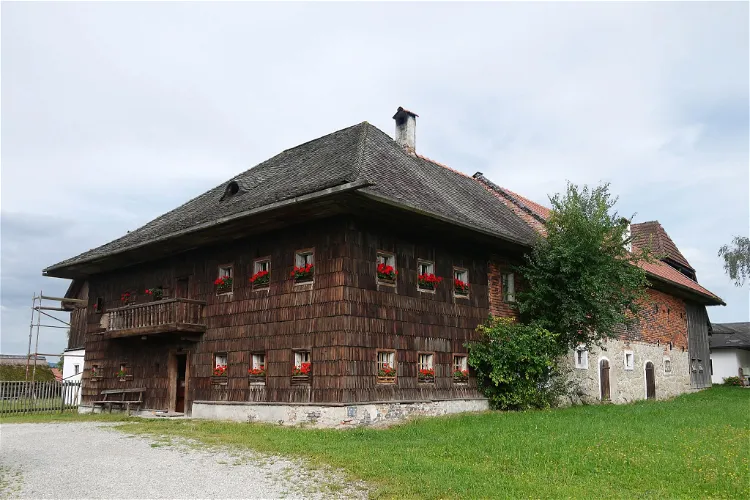
Freilichtmuseum Stehrerhof
Neukirchen an der VöcklaThe Freilichtmuseum Stehrerhof is a monument-protected ensemble of buildings located in Neukirchen an der Vöckla in Upper Austria. This location is a significant part of the region's history and culture, offering visitors a unique insight into the past.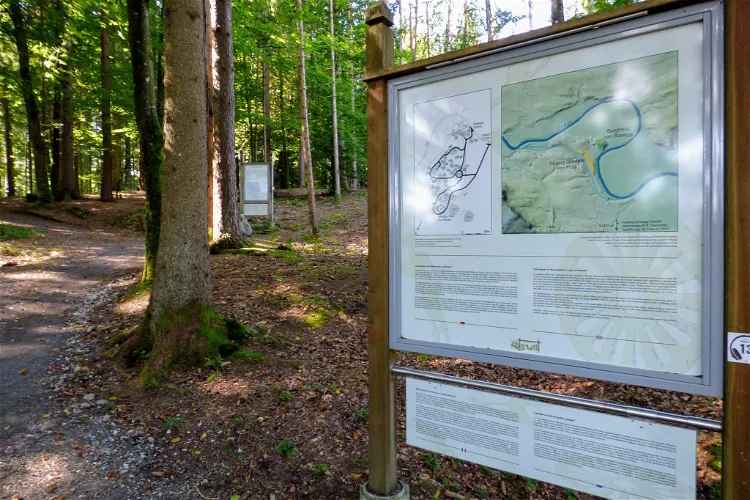
Celtic World Frög
Sankt LambrechtKeltenwelt Frög is an archaeological park and museum situated in the quaint village of Frög, within the municipality of Rosegg in the district of Villach-Land, Carinthia. This unique location offers visitors a chance to delve into the world of the Celts, exploring their society, economy, and worldview through the archaeological finds from the Frög burial ground.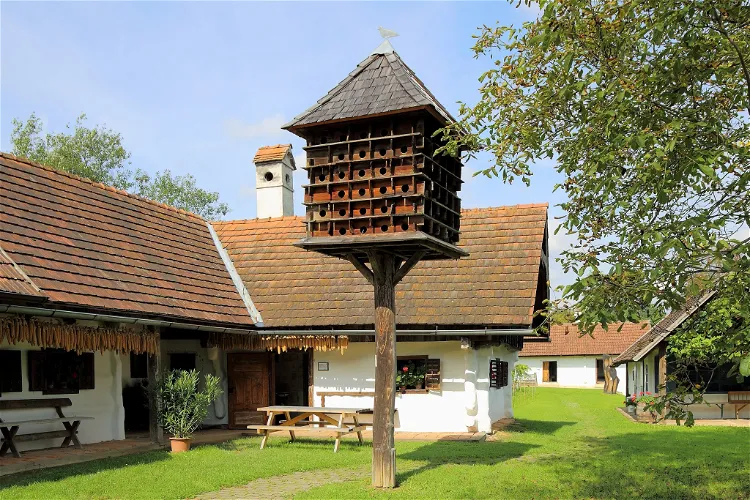
Freilichtmuseum Gerersdorf
Gerersdorf-SulzThe Freilichtmuseum Ensemble Gerersdorf is a unique open-air museum located in the municipality of Gerersdorf-Sulz in Burgenland, Austria. It was privately established in 1976 and has since grown to become the largest open-air museum in Burgenland. The museum offers a comprehensive and realistic insight into the Pannonian culture typical of the southern Burgenland region, through its straw-thatched residential and commercial buildings, utensils, and farming tools from the 18th to the early 20th century.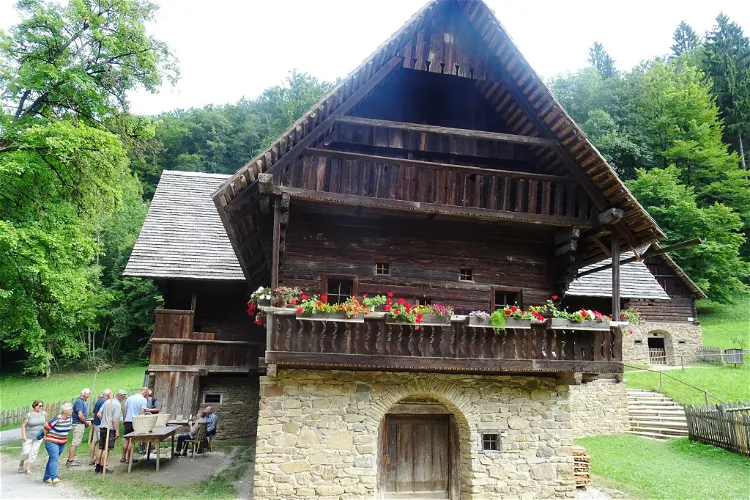
Austrian Open Air Museum Stübing
Gratwein-StraßengelThe Austrian Open Air Museum Stübing is nestled in a small side valley of the Mur, known as the Enzenbachgraben. This location is approximately 10 kilometers northwest of Graz, the capital of Styria. This makes the museum easily accessible for tourists visiting Graz and offers a unique opportunity to explore Austria's rural history in a picturesque setting.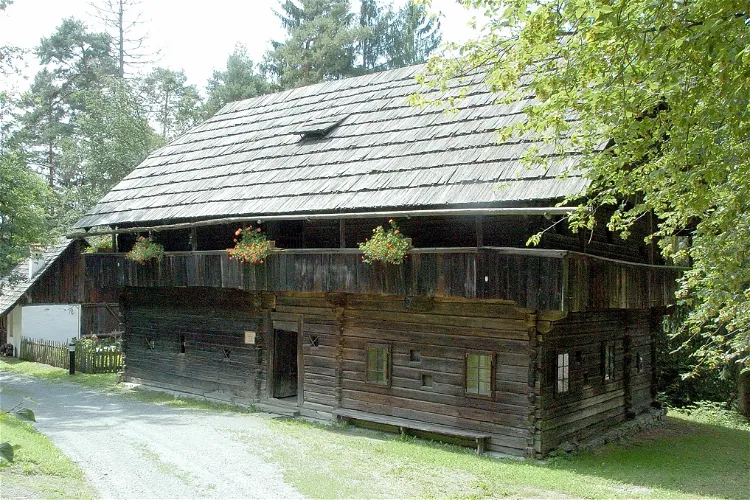
Carinthian Open-Air Museum
RatzendorfThe Carinthian Open-Air Museum Maria Saal is a unique destination located on the eastern edge of the Zollfeld in Carinthia. It is one of the first open-air museums in Austria, offering visitors a chance to step back in time and experience the country's rich history and culture.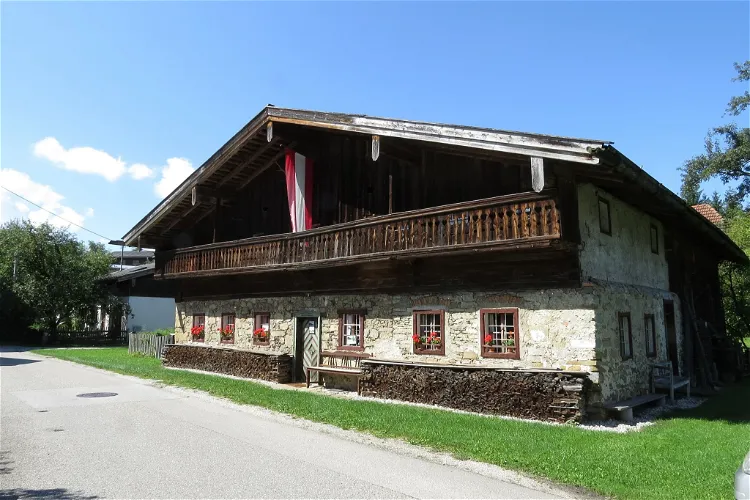
Aignerhaus Museum
Sankt Georgen im AttergauThe Aignerhaus Open Air Museum is a collection of rural buildings situated in St. Georgen im Attergau, Upper Austria. The main building of the museum is a protected monument, showcasing the architectural heritage of the region. Visitors can explore this unique ensemble of buildings and gain insights into the rural life and associated crafts of the past.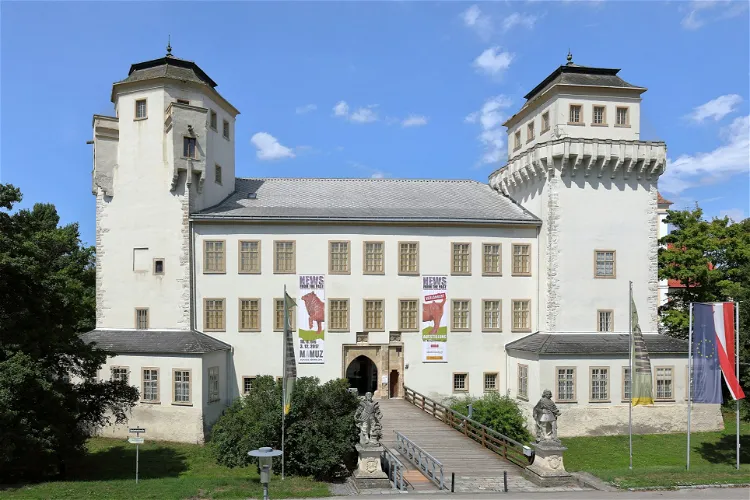
MAMUZ Castle Asparn / Zaya
Asparn an der ZayaSchloss Asparn, situated in the market town of Asparn an der Zaya in the Weinviertel region of Lower Austria, has been home to the Museum of Prehistory since 1970. In 2014, it also became the location for the Museum of Early History and Medieval Archaeology. These museums offer a unique opportunity for visitors to delve into the past and explore the early history of human civilization.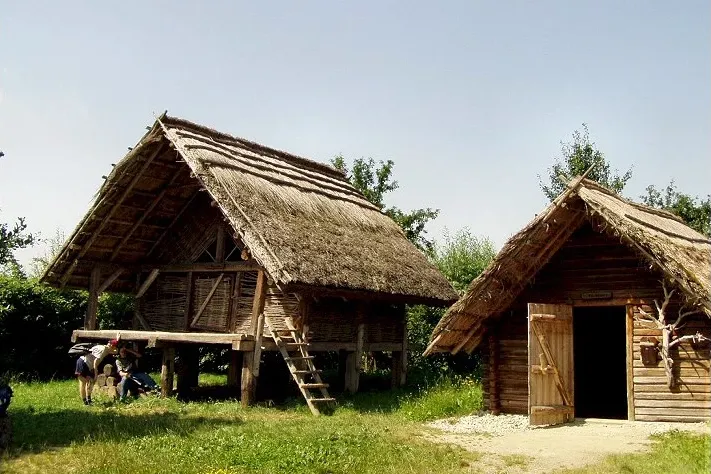
Freilichtmuseum Keltendorf Mitterkirchen
Mitterkirchen im MachlandThe Freilichtmuseum Keltendorf Mitterkirchen is a unique open-air museum that offers a glimpse into the life of the Celts during the Hallstatt period, which spanned from 800 to 450 BC. The museum is a reconstructed Celtic village, providing an immersive experience for visitors to understand the lifestyle, culture, and traditions of the Celts during this historical period.
Museumsdorf Trattenbach
TernbergMuseumsdorf Trattenbach is a unique open-air museum located in Trattenbach, Upper Austria. The museum stretches over a length of 1.5 kilometers and is known for its traditional pocket knife production. Visitors can witness the creation of these knives in the original workshops situated along the Trattenbach stream. The museum offers a unique insight into the traditional craftsmanship of knife making.
Museumsdorf Niedersulz
Sulz im WeinviertelMuseumsdorf Niedersulz, located in Niedersulz, is the largest open-air museum in Lower Austria. The museum's origins date back to 1979, making it a place rich in history and culture. It showcases numerous historical houses and farms from the Weinviertel region, as well as a South Moravian farm, spread over about 20 hectares.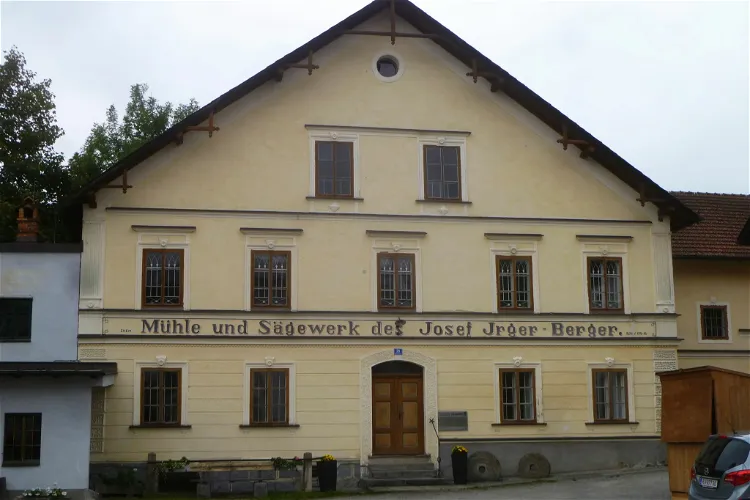
Furthmühle Pram
PramSince 1992, the Furthmühle Pram has been managed by the Furthmühle Cultural Association and serves as an open-air museum. The building itself is under monument protection, further emphasizing its historical significance. Visitors can explore the mill and learn about its history and the role it played in the community.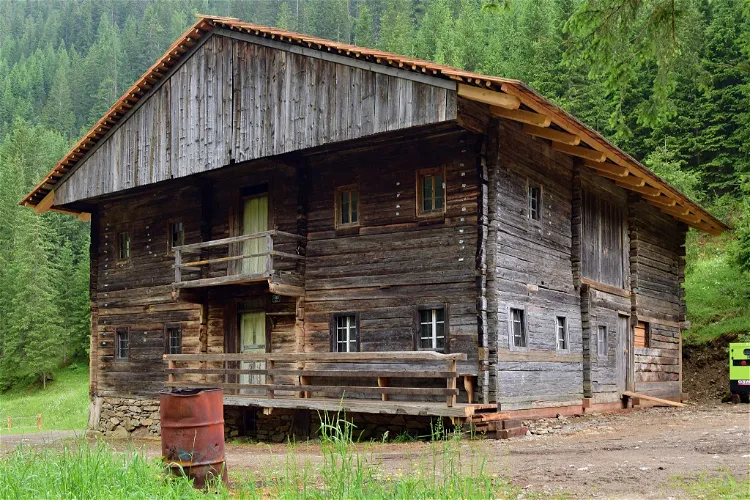
Wegelate Sage
InnervillgratenThe Wegelate Säge open-air museum is situated in the Unterstalleralm area of the Ahrntal, within the municipality of Innervillgraten in East Tyrol. The museum is currently under construction, which may affect the visitor experience. However, it still offers a unique opportunity to witness the development of a cultural site.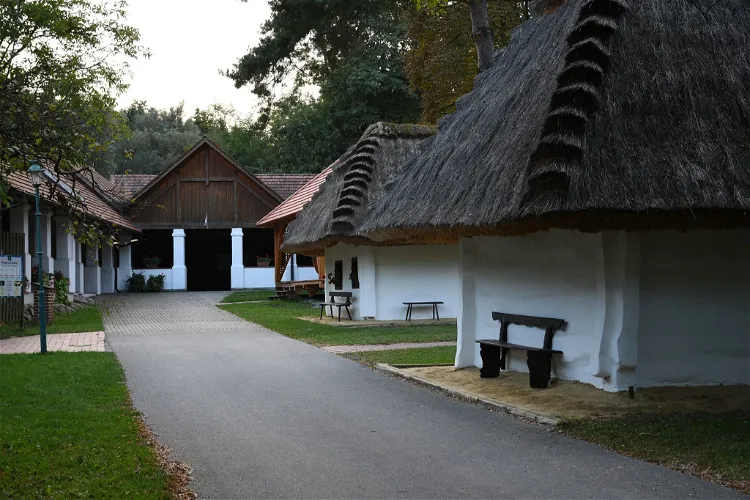
Weinmuseum Moschendorf
MoschendorfThe Weinmuseum Moschendorf is an open-air museum situated in the municipality of Moschendorf, in the southern Burgenland district of Güssing. This location offers a unique blend of natural beauty and cultural heritage, making it an interesting destination for tourists.- 32
Knappenwelt Gurgltal
TarrenzThe Knappenwelt Gurgltal is an open-air mining museum situated in Tarrenz, Austria. It offers a unique insight into the life and work of miners from the Middle Ages to the early modern period in the Gurgltal lead mining area. The museum showcases various buildings and machinery that were used during this period, providing a comprehensive understanding of the infrastructure and work processes of the miners. - 33
Bunker Museum
BruckneudorfToday, the Bunkeranlage Ungerberg serves as an open-air museum. It is one of the branches of the Military History Museum. Visitors can explore the facility and learn about its historical significance and the role it played during the Cold War era.